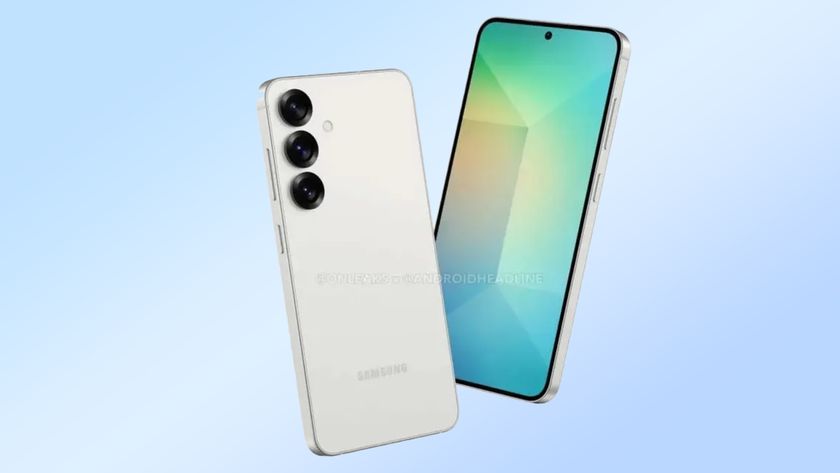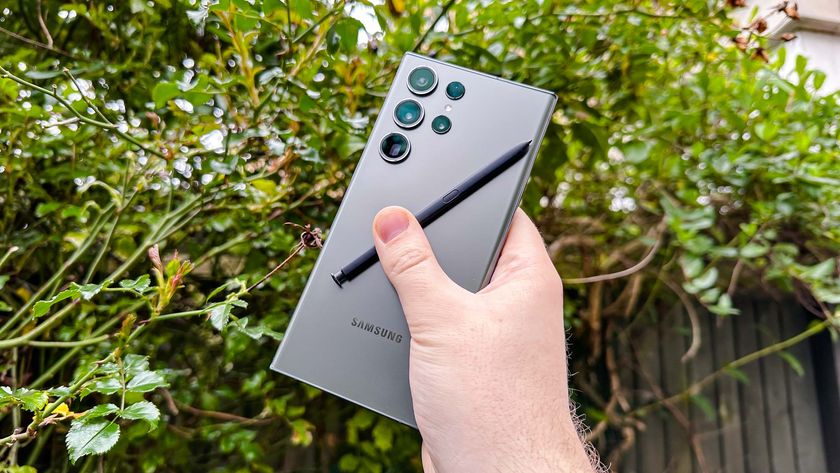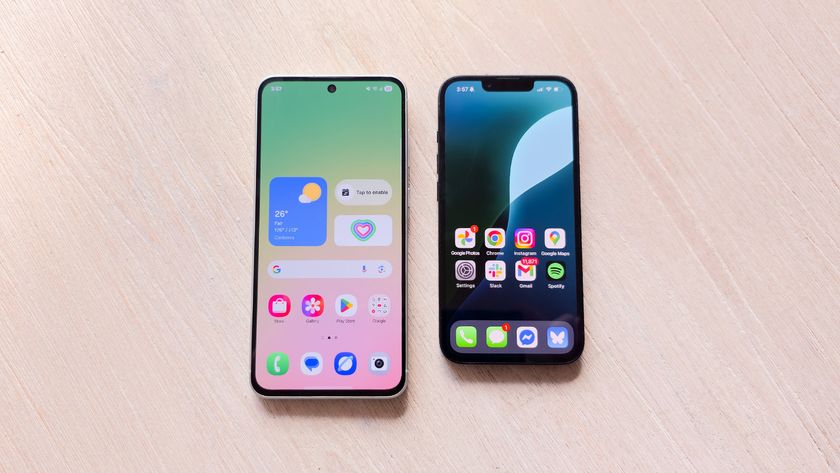The Samsung Galaxy S25 could have the upgrade I've been waiting years for
The first Android phone with this feature

Earlier this week we heard a rumor that promised a big change in the way Android phones wirelessly charged. Reportedly, Samsung may be introducing Qi2 wireless charging on the Galaxy S25 when it launches early next year — making it the first major Android phone to offer the magnetic upgrade.
Qi2 is, to put it simply, an open version of Apple’s MagSafe. While not completely identical, they offer many of the same benefits compared to the long-standing first generation of Qi wireless charging — including the magnetic aspect. While Qi2 has struggled to take off in the two years since it was announced, adding it to the Samsung Galaxy S25 could give the feature the spotlight it needs to succeed.
Qi2 isn’t new, but it still needs a push

We first heard about Qi2 almost two years ago, at CES 2023, and it was immediately obvious what the new standard meant for Android phones. It was the prospect of having MagSafe-style wireless charging on something other than the best iPhones, and all the tangible benefits that affords.
Unfortunately, that announcement was just that, an announcement of what was to come. Qi2 wasn’t ready at that point, and it would be a whole year before the standard was officially finalized. Until that process was completed, phone makers couldn’t actually include it in their devices. Sadly, finalizing the standard didn’t do much good either, since 2024 only saw the release of a single Qi2-capable Android phone — the HMD Skyline.
Phones like the Samsung Galaxy S24 or OnePlus 12 arrived too early to even consider including Qi2. But it often feels like phone makers releasing later on in the year had much more opportunity to make it happen. The Google Pixel 9 is the one phone that annoyed me the most, but it wasn’t because it lacked Qi2 — it was because Google claimed it wasn’t even worth doing.
I could understand if there were technical challenges Google needed time to overcome, or if the standard was still finalized too late to add to the Pixel 9 design. Instead the nonchalant way Google dismissed the technology as having “no tangible benefits” really got under my skin.
Google’s antics proved that Qi2 still needed someone to get the ball rolling, and kickstart Qi2 adoption. I mean no disrespect to HMD, as they’ve made some great cheap value phones over the years, but they’re not high profile enough for that. Phone companies are nothing if not unimaginative, and as soon as one high-profile competitor starts offering a feature they’ll all be itching to jump on the bandwagon.
Apple is often one of the companies that gets copied the most, but in this case that doesn’t seem to be working. Samsung is the biggest Android phone maker outside of the Chinese market, and adding Qi2 to the Galaxy S25 would be the next best option for driving the imitators into gear.
Qi2 offers a bunch of benefits

At this point you may be wondering, “what the heck is the point of Qi2, who wants a bunch of magnets in your phone?” Well bear with me, and I’ll explain why I’ve been so excited about Qi2 and everything it has to offer. Because the magnets are only part of it.
The biggest benefit is an overall better wireless charging experience. The magnetic ring ensures that the charger and the phone’s wireless charging coils are perfectly aligned every time you charge. Better alignment means a more efficient charging experience, and less energy being wasted as heat. That’s better for your phone and your electric bill while also reducing recharge time.
Qi2 also boosts the maximum charging speed from 7.5W to 15W, something we’ve already seen on iPhones. It’s not the fastest wireless charging in the world, especially on flagship phones. But it does mean that these speeds are available on all Qi2 compliant chargers and devices — without needing a potentially-expensive proprietary charger made specifically for your phone.
It goes without saying that the faster the charging speeds you have access to, the easier it will be to keep your phone recharged and ready whenever you need it.
Qi2 also offers adaptive charging, rather than a fixed power output, which will be better for your battery. Chargers will also offer better heat management and foreign object detection, which enhances safety.
The magnets also mean a lot more opportunity for accessories. We’ve already seen the myriad of MagSafe-compatible products available for iPhone users that are out there. Most common are the charging stands, but you can also buy magnetic grips, tripods, wallets, mounts for your car and more. I’ve even seen magnetic battery packs that literally wirelessly recharge your phone on the go. There isn’t a single wire to get in the way, which I find is usually the biggest issue with portable battery packs.
But all of that relies on phone companies actually integrating the new tech on their phones.
Bottom line
Qi2 has a lot of potential, but right now Android phones can’t experience any of that. Meanwhile, Apple has had MagSafe for 4 years, and users are able to reap the benefits every single day. The trend of magnetic charging isn’t going to happen until one of the big brands actually get on board.
Samsung is the perfect company to help make that happen. Not only is it a big, established brand, it’s also responsible for making some of the best Android phones. You get great cameras, excellent performance and good battery life wrapped up in a very good-looking phone. Qi2 isn’t the biggest selling point, and certainly won’t trump any of those benefits, but it’s one more reason to buy a Galaxy S25 over the competition. And if that happens Samsung’s biggest rivals are likely going to follow-suit to avoid being left behind.
This is assuming the rumors are true, of course. We won’t find out until the next Galaxy Unpacked, which is rumored to be happening on January 23. We’ll just have to be patient for the time being, and hope that Samsung is making the smart decision. As useful as MagSafe-style cases can be for non-magnetic phones, the sooner we don’t have to rely on them the better.
More from Tom's Guide
Sign up to get the BEST of Tom's Guide direct to your inbox.
Get instant access to breaking news, the hottest reviews, great deals and helpful tips.

Tom is the Tom's Guide's UK Phones Editor, tackling the latest smartphone news and vocally expressing his opinions about upcoming features or changes. It's long way from his days as editor of Gizmodo UK, when pretty much everything was on the table. He’s usually found trying to squeeze another giant Lego set onto the shelf, draining very large cups of coffee, or complaining about how terrible his Smart TV is.






















